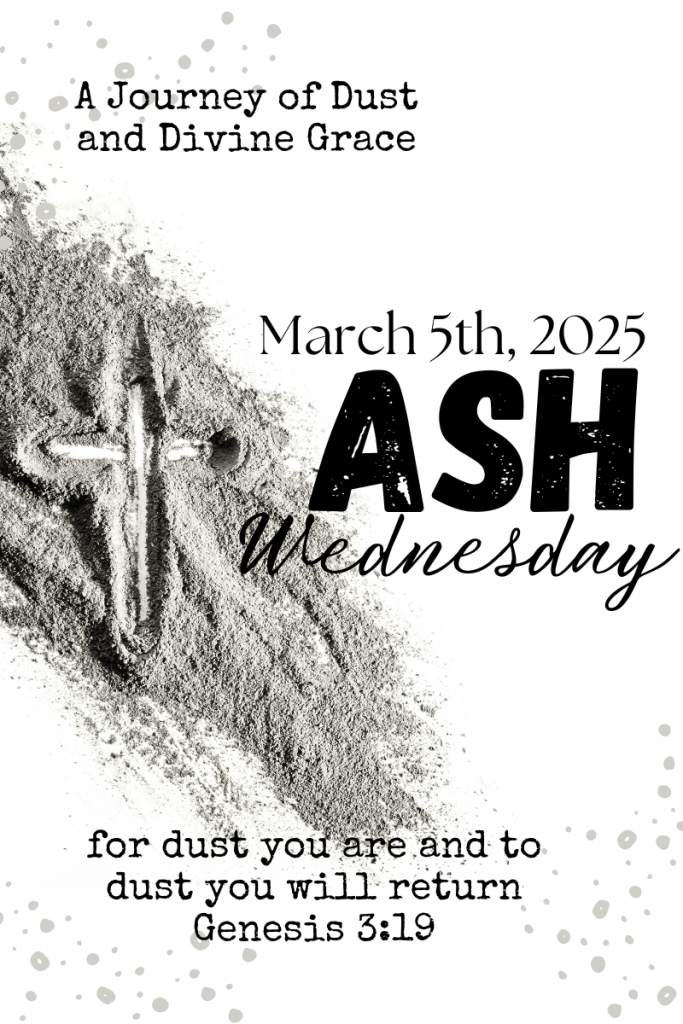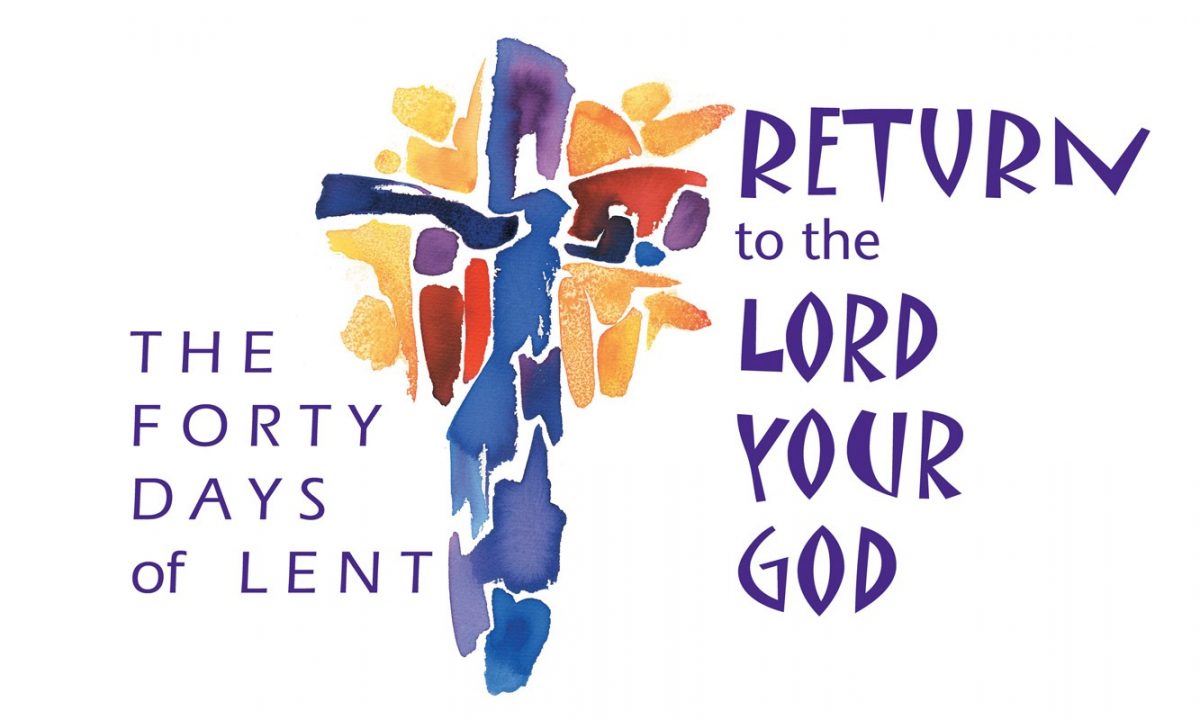Ash Wednesday. The very phrase carries a weight of solemnity, a whisper of mortality, and a promise of spiritual renewal. It marks the threshold of Lent, a sacred season of forty days leading to the radiant dawn of Easter. But where does this practice originate? Is it a biblical mandate or a tradition born of human devotion? While the Bible does not explicitly mention “Ash Wednesday” by name, its practices are deeply interwoven with the threads of biblical themes, woven over centuries to create a powerful tapestry of faith.
This observance emerged over time, evolving from the early Christian practices of penance. In the nascent Church, those who committed grave sins underwent public acts of repentance, often marked by outward displays of humility and sorrow. Ashes, a symbol of mourning and contrition, were frequently used in these rituals. As the Church matured, the season of Lent solidified as a period of intense spiritual preparation for the Paschal feast. Ash Wednesday, then, became the formal gateway into this transformative journey, solidifying its place as the beginning of Lent, the period of preparation for Easter. Lent is a time of fasting and almsgiving, all in preparation for the celebration of Easter.
Ash Wednesday: Biblical Concepts
To understand the heart of Ash Wednesday, we must explore its deep connections to biblical concepts, revealing the rich foundation upon which this tradition rests.
Use of Ashes: A Symbol of Humility and Repentance
The use of ashes as a symbol of mourning, repentance, and humility permeates the Old Testament. It is a tangible expression of human frailty and dependence on God’s mercy.
- Job (42:6): “Therefore I despise myself and repent in dust and ashes.” Job, after a profound encounter with God, acknowledges his limitations and expresses deep remorse. His act of repenting in dust and ashes illustrates the profound humility that true repentance demands.
- Daniel (9:3): “So I turned to the Lord God and pleaded with him in prayer and petition, with fasting, and sackcloth, and ashes.” Daniel, burdened by the sins of his people, turns to God in fervent prayer, using ashes as a sign of his deep contrition. His example demonstrates the power of intercessory prayer and the importance of humbling oneself before God.
- Esther (4:1): “When Mordecai learned of all that had been done, he tore his clothes, put on sackcloth and ashes, and went out into the city, wailing loudly and bitterly.” Mordecai’s reaction to the impending destruction of his people is one of profound grief and despair. His use of sackcloth and ashes highlights the gravity of the situation and his desperate plea for divine intervention.
These Old Testament examples provide a clear precedent for the symbolic use of ashes. They demonstrate that ashes are not merely a ritualistic gesture but a powerful expression of genuine sorrow, humility, and a turning towards God.

Table of Contents
Ash Wednesday: Repentance and Fasting
Cornerstones of Spiritual Renewal
The themes of repentance and fasting, central to Ash Wednesday and Lent, resonate throughout both the Old and New Testaments. They are essential practices for spiritual growth and a deeper relationship with God.
- Matthew 6:16-18: “When you fast, do not look somber as the hypocrites do, for they disfigure their faces to show others they are fasting. Truly, I tell you, they have received their reward in full. But when you fast, put oil on your head and wash your face, so that it will not be obvious to others that you are fasting, but only to your Father, who is unseen; and your Father, who sees what is done in secret, will reward you.” Jesus, in his Sermon on the Mount, instructs his followers on the proper way to fast. He emphasizes sincerity over outward displays of piety, highlighting the importance of a heart truly devoted to God. Fasting is not merely about abstaining from food; it is about creating space for God in our lives, focusing on spiritual nourishment rather than physical sustenance.
- The entire book of Joel is a call to repentance and fasting. Joel 2:12-13, “Yet even now,” declares the LORD, “return to me with all your heart, with fasting, with weeping, and with mourning; and rend your hearts and not your garments. Return to the LORD your God, for he is gracious and compassionate, slow to anger and abounding in love, and he relents from sending calamity.” This passage is often read on Ash Wednesday, as it lays out what true repentance looks like.
Ash Wednesday: Dust to Dust
A Reminder of Our Mortality
The phrase “dust to dust,” often spoken during the imposition of ashes on Ash Wednesday, comes from Genesis 3:19.
- Genesis 3:19: “By the sweat of your brow you will eat your food until you return to the ground, since from it you were taken; for dust you are and to dust you will return.” This verse, spoken after the fall of Adam and Eve, speaks to the reality of human mortality. It reminds us that our earthly existence is temporary and that we are ultimately dependent on God’s grace. This recognition of our mortality is not meant to instill fear but to inspire us to live our lives with purpose and intention, seeking a deeper relationship with God.
The Significance of Ash Wednesday – Final Thoughts
Therefore, Ash Wednesday, while a later church tradition, powerfully reflects biblical principles. It serves as a profound reminder of our mortality, a call to spiritual renewal, and the commencement of a season dedicated to prayer, fasting, and almsgiving, all in preparation for the glorious celebration of Easter.
It is a moment to pause, to reflect on our lives, and to acknowledge our shortcomings. It is a time to turn away from sin and to embrace the grace and mercy of God. The ashes on our foreheads are a visible sign of our repentance and our commitment to a deeper spiritual journey.
The journey of Lent is not one of self-flagellation or despair but one of hope and transformation. It is a journey toward the light of Easter, a journey of rediscovering the love and grace of our Savior. As we embark on this sacred season, let us embrace the spirit of Ash Wednesday, allowing the ashes to remind us of our mortality and the power of God’s redeeming love. Let us use this time to draw closer to God, to deepen our faith, and to prepare our hearts for the joy of Easter. Sources and related content
Join the Creative Jesus Girl Community
I’d like to invite you to join the Creative Jesus Girl communities on Instagram, Pinterest, YouTube, TikTok, and Twitter. Together, we’ll create a vibrant and supportive community where growth and inspiration flourish. Let’s uplift one another, sharing our joys, struggles, and victories along the way.
Use Hashtags #JesusGirl #BibleJournaling #FaithJourney #AshWednesday2025 #Lent2025 #CreativeJesusGirl to share within the communities.
Feel free to reach out, ask questions, or share your thoughts. I’d love to hear your suggestions & ideas for new Printable Faith Journaling Cards. I look forward to connecting with you and witnessing how God unfolds His plans in our lives.
In His Loving Name
Love, Creative Jesus Girl ♥

